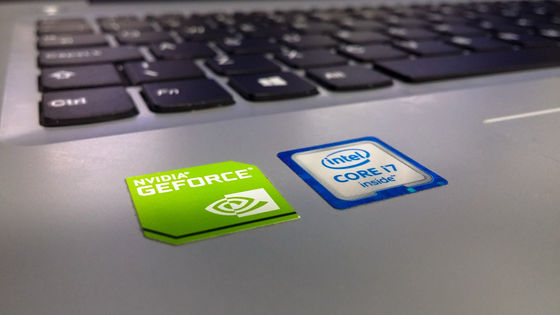Reportedly that Russia is blocking dissidents by making full use of face recognition and surveillance systems, it turns out that NVIDIA and Intel are also part of the team

With Russia's invasion of Ukraine in 2022, biometric technology has had a major impact both on and off the battlefield, with
How facial recognition is helping Putin curb dissent
https://www.reuters.com/investigates/special-report/ukraine-crisis-russia-detentions/

In 2017, the city of Moscow, Russia, announced that it would create one of the world's largest facial recognition video surveillance networks, deploying 160,000 cameras throughout the city. 3,000 of them have facial recognition systems, which Moscow officials say will help law enforcement. Since then, it has become common knowledge that the Russian government uses facial recognition to spy on its citizens.
And on March 28, 2023, Reuters analyzed court documents from more than 2,000 cases filed in Russia and found that these cameras were used to arrest hundreds of government protesters. I reported. Most of the arrested people were detained after participating in the 2021 protest demonstration, and after the invasion of Ukraine in February 2022, facial recognition technology will be used to track activists and detain them in advance so that no opposition movement is held in the first place. A strategy was taken.
Below is a breakdown of protesters detained by the police through surveillance cameras and facial recognition systems. The light blue square indicates a fine for guilt, blue indicates imprisonment, dark blue indicates a sentence of forced labor, and gray indicates a case returned to the police due to insufficient evidence.

Andrei Chernyshov, who was detained by the police at a fountain on Pushkin Square in central Moscow, holding homemade posters reading 'Peace for Ukraine,' 'Freedom for Russia,' and 'No War.' He is one of the Russians who lost their freedom with facial recognition technology. A week after being detained in the square, Mr. Chernyshov was detained by a police officer on the subway on the way to an anti-war demonstration this time and was taken to the police station in the station.
Mr. Chernyshov, who was told by a police officer that he had been caught in the subway's facial recognition system, was again detained by another organization after returning home, and was told by a man who claimed to be an employee of the Russian Center for Countering Extremism, ``I have a small child. Please refrain from participating in anti-war demonstrations in the future.' ``I took his words as a threat,'' Chernyshov, who has a 5-year-old son, told Reuters.
Below is a picture of Mr. Chernyshov being taken away by a police officer during an anti-war movement in Pushkin Square.

Western technology is also being used to build this kind of surveillance system. Algorithms developed by Belarusian and Russian companies are used in Moscow's facial recognition system, but the chips used for training this algorithm were manufactured by NVIDIA and Intel.
In particular, NVIDIA GPUs are often used as training chips for facial recognition systems. Almost all the companies in the world are using NVIDIA GPUs,' he testified to Reuters.
NVIDIA stopped all product sales in Russia in March 2022 and closed all offices in the country in October. However, between April 1st and October 31st, 129 NVIDIA products were exported to Russia by third parties, 57 of which were GPUs.
An NVIDIA spokesperson said, 'We comply with all applicable laws and we expect our customers to do the same. If an NVIDIA customer violates U.S. export laws and exports our products to Russia, If we find out, we will stop doing business with that customer.' However, NVIDIA also pointed out in another statement, ``Although we have stopped selling products to Russia in March 2022, we cannot monitor the whereabouts of all our products.''

Along with the GPU, the CPU that handles advanced task processing is essential for facial recognition technology. According to a document posted on Intel's site until October 2022, an Intel CPU was used to improve the performance of a law enforcement platform developed by Synesis, a Belarusian company.
Synesis is a company that has been sanctioned by the EU and the UK in 2020 for products used to track and suppress pro-democracy movements. Also, since the invasion of Ukraine broke out, the United States has imposed sanctions on Synesis for its involvement in the persecution of protesters by Russian and Belarusian authorities.
Intel told Reuters it had stopped all shipments to customers in Russia and Belarus after the invasion of Ukraine. Also, Reuters previously revealed, `` Between April 1 and October 31, 2022, at least $ 457 million (about 60.5 billion yen) worth of Intel products were brought into Russia. In response to the report, he said, ``We sincerely accept reports that Russia continues to obtain our products, and we are investigating the issue.''
Related Posts:
in Software, Posted by log1l_ks







